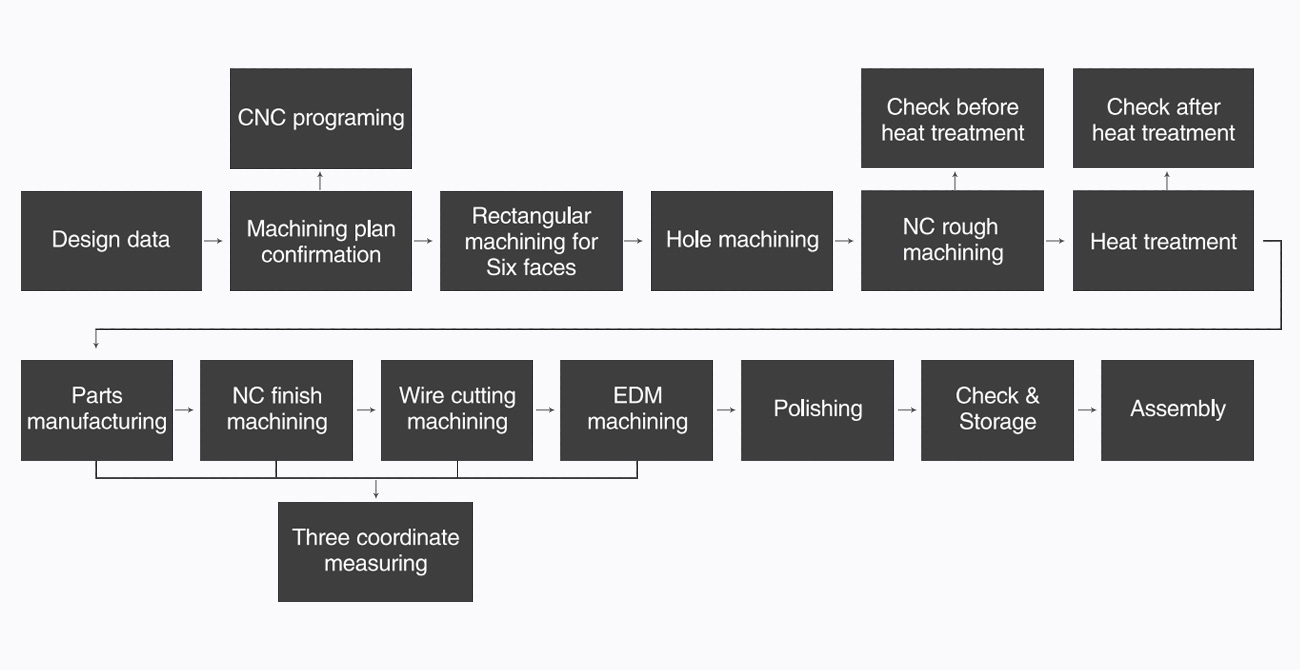What is the Automotive Brake Die Casting Mould
The automotive brake die casting mould, also known as the brake caliper die casting mould, is a specialized tool used in the production of brake calipers for automotive braking systems.
Die casting is a manufacturing process where molten metal is injected into a mold or die under high pressure, and then allowed to cool and solidify. The result is a complex and precisely shaped component that can be produced at high volume with great efficiency and accuracy.
In the case of brake calipers, the die casting process allows for the creation of intricate shapes and structures that are essential for efficient and reliable braking performance. The brake die casting mould is designed to form the molten metal into the precise shape and size required for the brake caliper, ensuring consistent quality and dimensional accuracy.
The automotive brake die casting mould is typically made of high-quality steel or other materials that can withstand the high pressures and temperatures involved in the die casting process. It must also be designed to allow for easy removal of the finished part from the mould, as well as for efficient cooling and lubrication during the casting process.
Features of Automotive Brake Die Casting Mould
The features of an automotive brake die casting mould can vary depending on the specific application and design requirements, but some common features may include:
Precise and complex geometry: The mould must be designed with precise and intricate shapes that match the specifications of the brake caliper.
High-quality materials: The mould is typically made from high-quality materials such as steel or other alloys that can withstand the high pressures and temperatures involved in the die casting process.
Efficient cooling: The mould must be designed to allow for efficient cooling of the molten metal to prevent defects and ensure consistent quality.
Easy ejection: The mould must be designed to allow for easy removal of the finished part from the mould.
Consistent quality: The mould must be designed to ensure consistent quality of the brake calipers produced, with tight tolerances and minimal variation in size and shape.
Durability: The mould must be able to withstand multiple casting cycles without degrading or losing its precision.
Lubrication: The mould must be designed to allow for efficient lubrication during the casting process to prevent damage to the mould and ensure smooth ejection of the finished part.
Overall, the automotive brake die casting mould is a highly specialized tool that plays a critical role in the production of brake calipers for automotive applications, and its design and features are optimized for high-volume production and consistent quality.
 EN
EN 





















